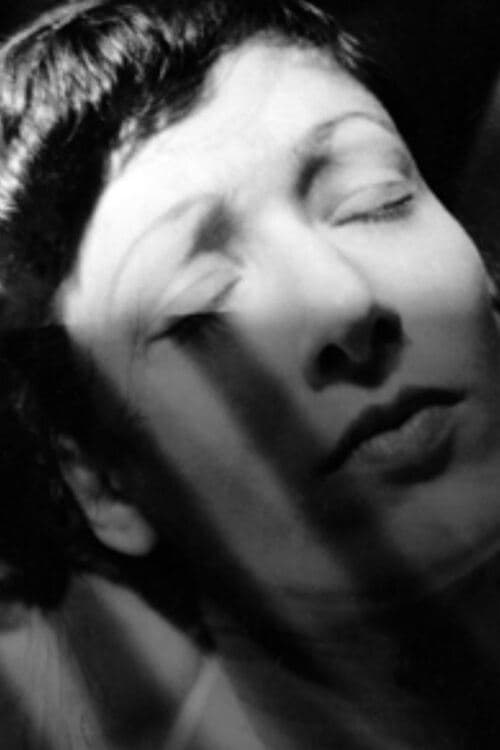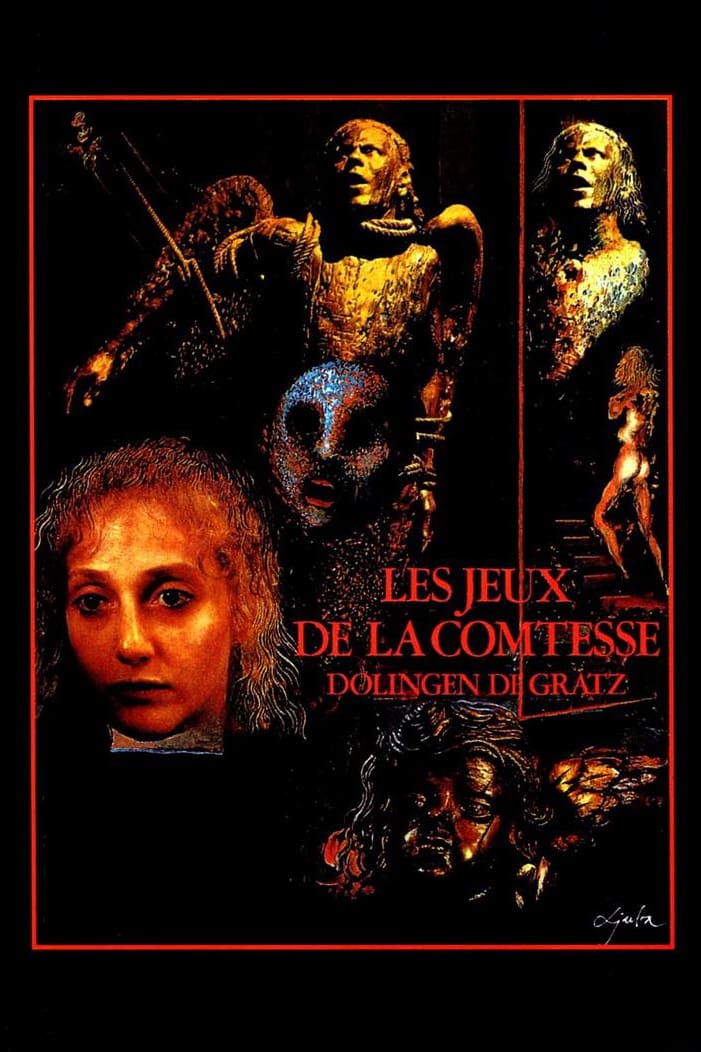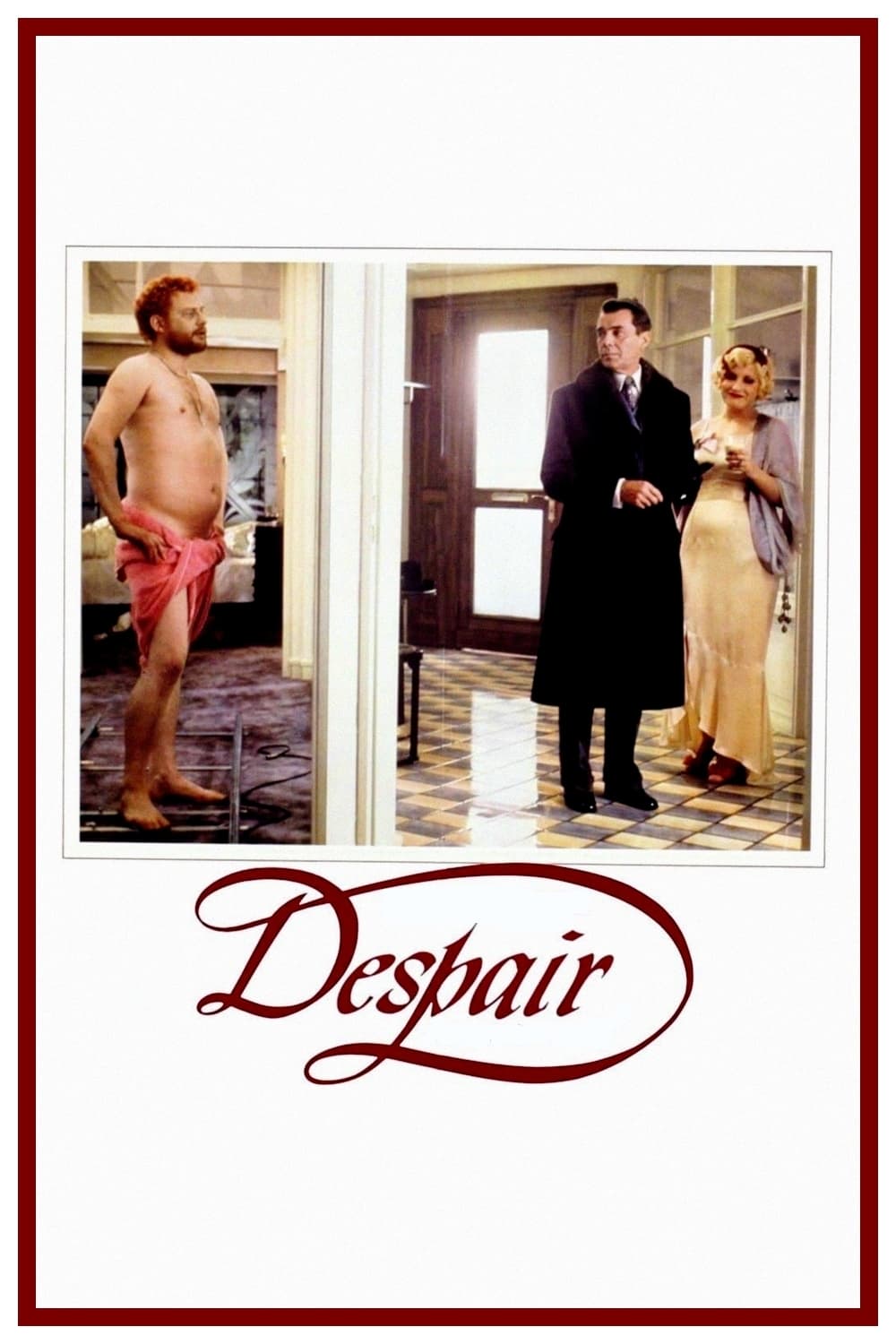Biography
Unica Zürn (6 July 1916 – 19 October 1970) was a German author and artist. Zürn is remembered for her works of anagram poetry and automatic drawing and for her photographic collaborations with Hans Bellmer. An exhibition of Bellmer and Zürn's work took place at the Ubu Gallery in New York City in the spring of 2012. Born Nora Berta Unica Ruth Zürn, Unica was raised in a well-to-do family in Berlin-Grunewald. She idolized her mostly absent father, Willkomm Ralph Paul Zürn (b. 1900), a cavalry officer stationed in Africa (as well as a not particularly successful writer and editor), but had a contentious relationship with her mother, his third wife, Helene Pauline Heerdt. Unica also had an older brother, Horst (b. 1914), who she claimed sexually abused her when she was a young girl. Her parents divorced in 1930 and she left school shortly after.Zürn began working at the German Film Agency Universum Film AG (UFA) during the Third Reich. She started as a steno-typist before being promoted to dramaturge. While the UFA produced all the Nazi propaganda films, Zürn primarily worked in a department creating animating commercials for products such as shoes and cigarettes. While she was not directly involved in the production of Nazi propaganda films and did not join the NSDAP, she did not openly disagree with Nazi politics until after the war was over. Despite the fact that it was the national film company, she supposedly remained ignorant of the atrocities being perpetrated by the Nazis, or at least to their extent, until she chanced upon an underground radio report describing the concentration camps in 1942. That same year she married a much older, wealthy man named Erich Laupenmühlen. Their first child, Katrin, was born in 1943 and their second, Christian, in 1945. In 1949, she and Erich divorced, and she lost custody of her children; she could not afford a lawyer nor did she have the means to provide for them.For the next few years Zürn eked out a living writing short stories for newspapers and radio plays and became romantically involved with the painter Alexander Camaro. While writing, she spent time in the cabaret and jazz club Die Badewanne, which was the gathering place for artists in Berlin. Shortly after separating from Camaro in 1953, she met artist Hans Bellmer at an exhibition of his work at either the Maison de France or at the Galerie Springer in Berlin (accounts differ). Not long afterward, she moved with him to Paris, becoming his partner and model, most famously in a series of photographs that Bellmer took of Zürn bound tightly with rope. One of the "Unica Tied Up" works was exhibited in Bellmer's 1959 exhibit "Doll," and at times he seemed to conflate Zürn with the dolls of his obsession. Bellmer's intention was to transform the body into a landscape, altering the contours and creating additional "breasts" of flesh along the stomach. This fetishization of the female form is well documented among surrealists and Bellmer is known for comparing his fragmentation of the body with the fragmentation of a sentence.In Paris, Zürn began experimenting with automatic drawing and anagrams, pursuits Bellmer had a longstanding interest in and encouraged her to pursue. These early works were collected in Hexentexte (1954). Between 1956 and 1964 she had four solo exhibitions of her drawings and her work was included in the "Exposition Internationale du Surréalisme." The couple frequented the city's surrealist and related artistic circles, becoming acquainted with Hans Arp, Victor Brauner, André Breton, Marcel Duchamp, Max Ernst, Man Ray, Joyce Mansour, André Pieyre de Mandiargues, and others. In 1957 she was introduced to Henri Michaux, who she identified as the "Jasmine Man", a fantasy figure of her childhood. She fell deeply in love with Michaux, and she joined him in several of his experiments with mescaline. These drug experiences may have precipitated her first mental crisis. In Magnifying Mirrors, Renée Riese Hubert describes Zürn's relationship with these artists within the context of her own career and warns against attributing Zürn's work to Bellmer by stating "Zürn's relationship with Bellmer can hardly account for her achievement as a writer and graphic artist, even though their encounter may have given a strong impetus to her creativity." While she was encouraged to participate by these artists, her work is not simply an extension of their objectives.In 1960 Zürn experienced a psychotic episode. She found herself spellbound and hypnotised by Michaux, he appeared before her and ordered her to do things. She was eventually hospitalized, and after this she would be in and out of psychiatric hospitals for the rest of her life, for dissociative states and severe depression. Scholars now generally believe that she was schizophrenic, and that was indeed the initial diagnosis by staff doctors at Karl-Bonhoeffer-Heilstätten during her first hospitalization, though it was later retracted. It has also been suggested that rather than schizophrenia she may have had bipolar disorder with psychotic features.After her first hospitalization and a suicide attempt, Zürn returned home in a wheelchair and destroyed most of her drawings and writings. She was subsequently taken to the Saint-Anne psychiatric clinic (which was associated with Jacques Lacan), where one of her doctors was Gaston Ferdière, who also treated Antonin Artaud. Despite her ongoing battle with mental illness, Zürn continued to produce work, and Michaux regularly brought her art supplies. Her psychological difficulties inspired much of her writing, above all Der Mann im Jasmin ("The Man in Jasmine") (1971).
In 1969 Hans Bellmer had a stroke which left him paralyzed, and the following year he told Zürn that according to his doctors' advice, he could no longer "be responsible for her". About six months later, in October 1970, the 54-year-old Zürn committed suicide by leaping from the window of the Paris apartment she had shared with Bellmer, while on a five-day leave from a mental hospital. She was buried at the Père Lachaise cemetery in Paris. At his request, Bellmer was buried next to her upon his death in 1975.
Filmography
Ratings
Information
Known ForActing
GenderFemale
Birthday1916-07-06
Deathday1970-10-19 (54 years old)
Birth NameNora Berta Unica Ruth Zürn
Birth PlaceCharlottenburg-Wilmersdorf, Germany
CitizenshipsGermany
This article uses material from Wikipedia.
 Unica Zürn
Unica Zürn- Filmography
- Information



